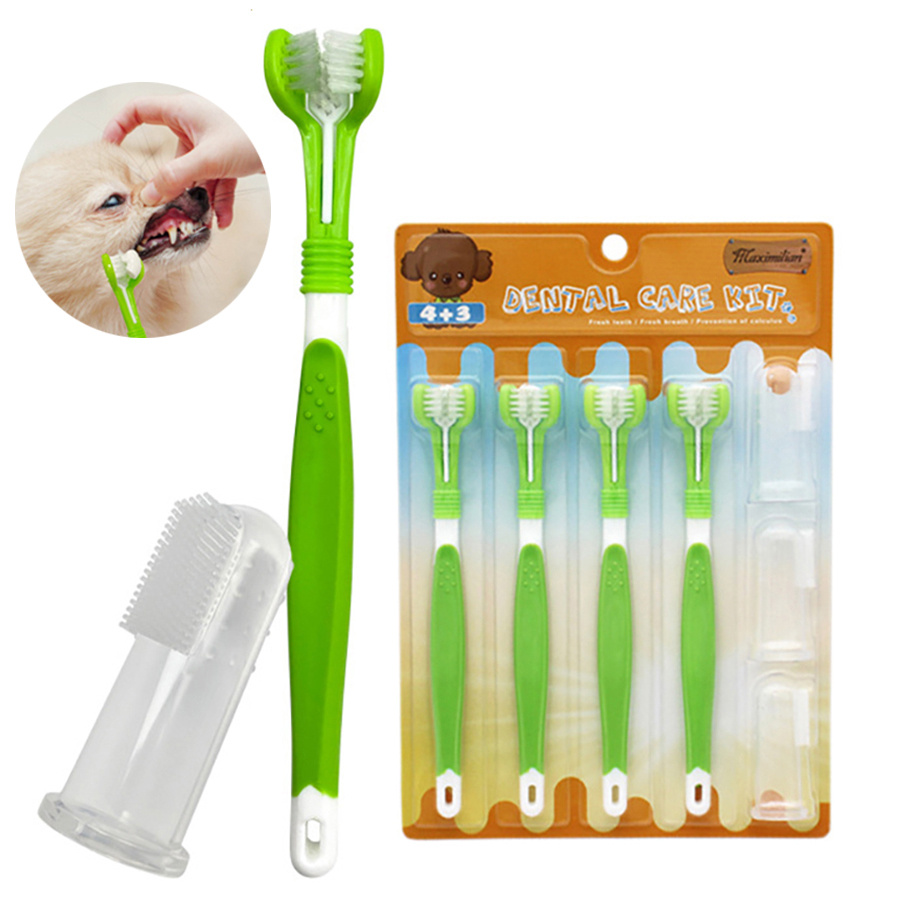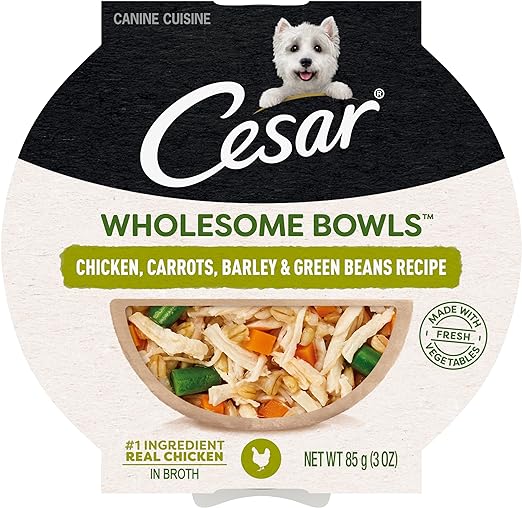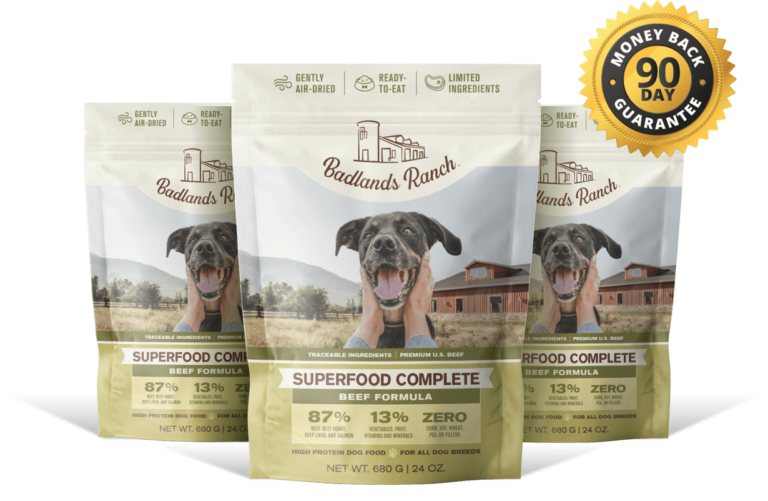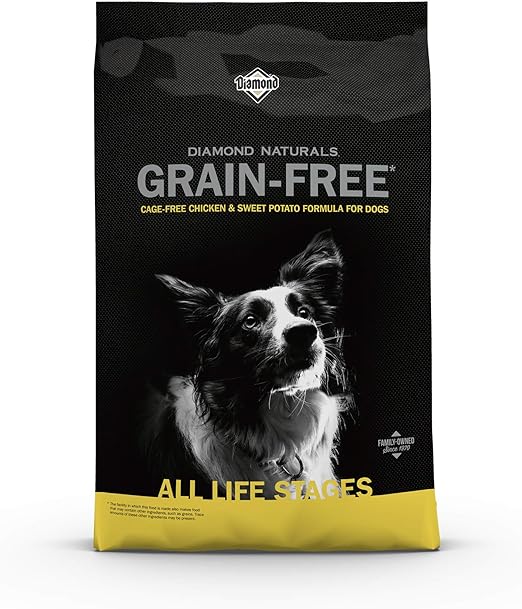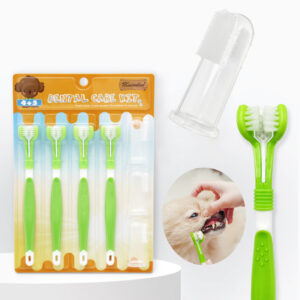
You love your pup, but have you thought about their oral health recently? Choosing the right dog toothbrush is crucial for keeping those adorable doggy smiles sparkling clean. This guide has the tips you need for identifying the perfect toothbrush for your furkid. Arm yourself with the knowledge to pick a brush that aligns with your doggo’s unique needs and personality before clicking through to make a convenient purchase. Your four-legged friend will thank you for taking these steps to prioritize their dental care when you see their happy, healthy grins day after day.
The Importance of Dog Dental Care
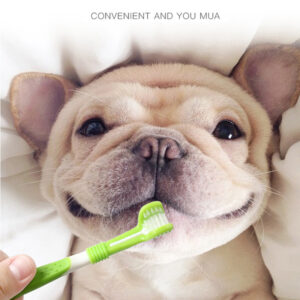
Keeping your dog’s teeth and gums healthy is just as important as their general wellness. Neglecting their oral hygiene can lead to dental diseases that affect their overall health and happiness. By establishing a regular tooth brushing routine and taking your dog for regular vet checkups, you’ll help prevent painful dental issues and keep their teeth clean.
Dog’s teeth require daily care and maintenance, just like humans. Bacteria builds up quickly on their teeth, leading to tartar and plaque buildup if left unaddressed. These deposits can inflame their gums, causing gingivitis, and if untreated, lead to permanent damage of tooth sockets and roots.
To prevent dental disease, it’s essential to brush your dog’s teeth several times a week using dog toothpaste and toothbrush. Start brushing as early as possible, ideally when they’re puppies, so they can get accustomed to the routine. Make brushing a positive experience by giving them praise, treats and belly rubs during and after. Be patient as some dogs may resist at first. Gently lift their lip to expose the teeth and gums, and brush in small circular motions.
Pay extra attention to the gum line and behind the back teeth. Don’t forget to brush the front and sides of teeth. Use a toothbrush and toothpaste specifically designed for dogs, as human products can irritate their stomach if swallowed.
In addition to daily brushing, take your dog for regular dental checkups with their vet. Professional dental cleanings under anesthesia are the most effective way to remove built-up tartar and plaque. Your vet can also check for any oral health issues and take x-rays if needed. Early detection of dental disease leads to better outcomes, so schedule dental exams annually.
By being proactive about your dog’s dental health, you’ll help add years to their life. Their teeth and gums are worth the investment of your time and money. Developing good oral care habits now will benefit them for life.
Choosing the Right Type of Dog Toothbrush
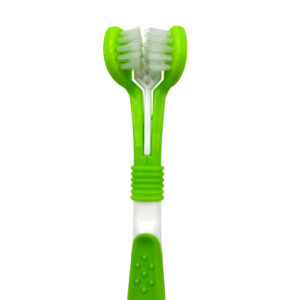
When it comes to maintaining your dog’s oral health, selecting an effective toothbrush is essential. The ideal toothbrush will make the brushing experience more pleasant for you both. Consider the following types of dog toothbrushes to determine which option suits your canine companion best:
Finger toothbrushes: Slip these brushes over your finger for gentle brushing. The soft, rubber bristles are ideal for most dogs. Finger brushes are a great choice if your dog is uncomfortable with traditional brushes or has a small mouth.
Dual-headed toothbrushes: These brushes have bristles on both sides of the brush head to clean the inner and outer tooth surfaces at once. The double brush action may be too stimulating for some dogs, so monitor your pet’s comfort level. For smaller breeds or those with less patience, a finger brush or single-sided brush may be better options.
Tooth wipes: Disposable wipes can be a convenient alternative if brushing isn’t possible. However, wipes alone do not provide the same level of cleaning as brushing. Use wipes in combination with occasional brushing for the most comprehensive oral care.
Electric toothbrushes: Similar to human electric toothbrushes, the rotating or vibrating bristles can effectively loosen plaque and debris. However, the sensation may frighten some dogs. Always supervise your dog with an electric toothbrush and discontinue use if they show signs of anxiety or discomfort.
In the end, the toothbrush type that is most suitable and pleasant for your dog is the right choice. Don’t forget to also select a tasty dog toothpaste and schedule regular veterinary dental cleanings for the best oral health regimen possible. By making their dental care a positive experience through patience, praise and rewards, you’ll bond with your dog over grooming time. Your dog’s smile and fresh breath will be worth the effort!
Proper Techniques for Brushing Your Dog’s Teeth
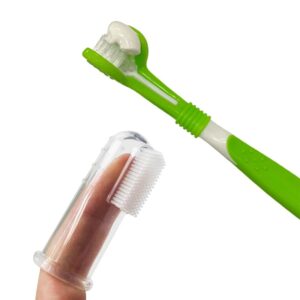
Brushing your dog’s teeth regularly is the best way to prevent dental disease and keep their mouth healthy. However, for many owners, the actual brushing process can be challenging. The key is to start slowly and make it a positive experience for your pup.
With patience and consistency, you’ll get them accustomed to having their teeth brushed. Begin by gently rubbing your dog’s gums with your finger a few times per week. Give them praise, treats and belly rubs to help them associate teeth brushing with rewards.
Selecting Toothpaste and Toothbrush
Choose a toothpaste and toothbrush specifically designed for dogs. Dog toothpaste comes in appealing flavors like poultry, beef or peanut butter. For toothbrushes, you can use either a finger brush that slips over your finger or a special dog toothbrush. Start with a soft bristled brush.
Brushing Technique
Once your dog is comfortable with you handling their mouth, you can start brushing their teeth. Gently lift their lip to expose the teeth and gums. Place a small amount of toothpaste on the toothbrush and brush in small circular motions, focusing on the gum line. Start with just a few teeth at a time, and slowly work your way around the mouth. Provide lots of praise and treats to keep them happy during brushing.
For the first few times brushing, limit it to just 30-60 seconds. You can then build up from there as your dog gets accustomed to it. The goal is to brush 3-4 times a week for 2-3 minutes at a time. Be patient through the process. Some dogs may never grow to love teeth brushing, but with consistency they will at least tolerate it.
Regular professional dental cleanings at your vet are also important to maintain good oral health for dogs. At-home brushing, combined with annual checkups and cleanings, are the keys to keeping your dog’s teeth and gums healthy for life.
Establishing a Dental Care Routine
To keep your dog’s teeth and gums healthy, it’s important to establish a regular dental care routine. Start by choosing a dog toothbrush and toothpaste formulated for canines. Look for a toothbrush with soft bristles and a size suitable for your dog’s mouth. For toothpaste, select a flavor your dog enjoys, such as chicken or beef.
Brushing Technique
Once you have the proper supplies, start brushing your dog’s teeth 2-3 times a week. Gently lift their lip to expose the teeth and gums. Apply a small amount of toothpaste to the brush and brush in small circles, cleaning the front and back of each tooth. Pay extra attention to the gum line.
Be patient through the process and provide positive reinforcement like treats, play or praise. Keep initial brushing sessions short, around 30 seconds, and slowly build up from there as your dog gets more comfortable. Staying consistent with a regular routine will make brushing second nature for your canine companion.
Additional Tips
In between brushings, you can also use dental wipes, pads or water additives to help reduce plaque and tartar buildup. Chew toys and dental chews also help scrub your dog’s teeth and massage their gums.
Take your dog for regular vet checkups and professional dental cleanings. A vet can check for any oral health issues and may need to do tooth extractions if teeth become loose or infected. Professional cleanings remove built-up tartar that can lead to dental problems if left untreated.
Providing comprehensive dental care at home and with professional help will keep your faithful friend happy and healthy for years to come. Make their oral health a priority and get started on a dental routine today – your dog will surely thank you for it with lots of slobbery kisses!
Dog Toothbrush FAQs
Choosing the right toothbrush for your dog comes with many questions. Here are some of the most frequently asked ones to help you in your search for the perfect option.
What are the different types of dog toothbrushes? The two main options are finger brushes that slip over your finger and traditional brushes with a long handle. Finger brushes are great for small dogs or those just getting used to brushing. Traditional brushes provide more control and may be better for larger dogs or more experienced brushers.
Do I need to use dog toothpaste? Yes, it is essential to use toothpaste formulated for dogs. Human toothpaste can be dangerous for dogs to swallow. Dog toothpaste comes in tasty flavors like poultry, beef or vanilla mint to make the experience more enjoyable for your pup.
How often should I brush my dog’s teeth? For the best results, aim for brushing 3-4 times a week. At a minimum, brushing 2-3 times a week can still provide benefits. The more frequently you brush, the more accustomed your dog will get to it and the cleaner their teeth and gums will be.
What if my dog doesn’t like having their teeth brushed? Go slowly and be patient. Gently rub your dog’s gums and teeth with your finger to start, and give lots of praise and treats. This helps them get used to having their mouth handled. When they’re comfortable, introduce the toothbrush for just a few seconds while giving lots of positive reinforcement. Build up from there as they gain confidence. With regular brushing and patience, most dogs will get accustomed to and even enjoy brushing.
Do dogs need professional dental cleanings? In addition to daily brushing, professional veterinary dental cleanings are highly recommended. A vet can thoroughly clean your dog’s teeth and check for any oral health issues. For most dogs, an annual dental exam and cleaning is ideal. The vet may recommend more frequent cleanings depending on your dog’s needs.
Keeping your dog’s teeth and gums healthy with regular brushing and professional care will help ensure many happy, pain-free years by your side. Choose a high-quality toothbrush, toothpaste, and dental treats to begin a lifetime of good habits and bonding during brushing. Before you know it, teeth brushing could become one of your pup’s favorite parts of their daily routine.
Conclusion
As you can see, choosing the right toothbrush and establishing a dental care routine truly makes a difference for your pup’s health and happiness. By taking the time to understand their unique needs, selecting the perfect brush, and sticking to a schedule, you’re giving them the gift of great oral hygiene. When you’re ready, go ahead and click that button to explore top-notch toothbrush options for your canine friend. Investing in their dental health is one of the kindest things you can do as their human.

